Here's the issue, and I have struggled mightily with this: When creating EJB's from entity classes, NetBeans give you the ability to create remote interfaces. This is something that I am doing because I will have a number of stand-alone clients accessing these ejb's. When you tell NetBeans you want to create the remote interfaces, it forces you to place them in another project. That's all well and good, until you define your implementation, which looks something like this:
public class DataFacade extends AbstractFacade<MyEntityClass> implements DataFacadeRemote {
...
}
Now, when you try to deploy your ejb jar to Glassfish, it claims there are no ejb's in your jar, and rightly so, because it doesn't know anything about the interface DataFacadeRemote. What I did to solve this round-robin of problems is to create a library jar, which I copied to the glassfish server manually. Then when I deploy the ejb jar, it happily finds the library jar and understands the facade classes (ejbs). This is also a monumental pain because it's necessary to copy the library jar any time you have a change to the interface or entity classes, and that might require restarting the app server to reload the library, as it doesn't seem to happen automatically.
If I'm also doing things incorrectly, I'd appreciate a nudge in the right direction.


